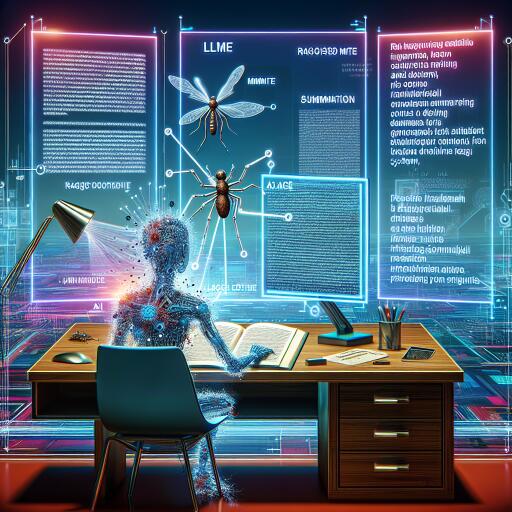Salesforce AI Research Unveils SummHay: Bringing New Standards to Long-Context Summarization Evaluation
In the rapidly evolving landscape of artificial intelligence, particularly within the realm of natural language processing (NLP), groundbreaking developments are enhancing machines’ understanding and generation of human language. This field covers a broad spectrum of applications, from translating tongues across the globe to summarizing large volumes of text. As technology advances, large language models (LLMs) and retrieval-augmented generation (RAG) systems are being pushed to their limits, tasked with processing and summarizing texts exceeding simple paragraphs to span entire documents or multiple sources.
However, this technological progression brings to light a significant challenge: accurately evaluating the performance of LLMs and RAG systems in handling long-context information. The complexity required for these evaluations surpasses what traditional tasks like Needle-in-a-Haystack offer, leading to a pressing need for better testing methods. Current evaluation approaches, which often focus on short-input tasks and rely on low-quality reference summaries, fall short in measuring the capabilities of advanced models, thereby hampering progress.
Addressing this shortcoming, Salesforce AI Research pioneers a groundbreaking evaluation benchmark dubbed “Summary of a Haystack” (SummHay). SummHay aims to set new standards for assessing long-context summarization capabilities by introducing a unique methodological framework. Mimicking a real-world scenario, researchers created synthetic document “Haystacks,” embedding specific insights across multiple texts to simulate complex information networks.
SummHay challenges systems to navigate these Haystacks, generating accurate, insightful summaries that not only capture the essence of the given documents but also cite them appropriately. This multi-layered approach, evaluating both insight coverage and citation accuracy, offers a comprehensive and reproducible method to gauge model performance realistically.
In an ambitious test, Salesforce’s team subjected 10 leading LLMs and 50 RAG systems to the SummHay benchmark, unveiling the current state of artificial intelligence in long-context summarization. The results revealed a consistent underperformance compared to human benchmarks, highlighting a significant gap that technology has yet to bridge. For instance, even advanced models, when equipped with oracle signals indicating document relevance, failed to match human levels of understanding and synthesis by a notable margin.
The findings underscore a nuanced landscape where RAG systems, despite offering improved citation quality, often do so at the cost of covering critical insights. This trade-off presents a puzzle for developers, suggesting that while strides have been made in component efficiency, the holistic task of long-context summarization remains an uphill battle.
Salesforce’s extensive evaluation sheds light on the potential of technologies like Cohere’s Rerank3 RAG component to significantly enhance model performance. Yet, even with such advancements, the gap between machine and human summarization skills is evident, urging the community to push further into the research frontier.
In summary, Salesforce AI Research’s work with the SummHay benchmark not only provides a solid foundation for future developments but also calls for a collective effort to innovate beyond current capabilities. As this benchmark continues to evolve, it promises to drive the progress needed to achieve—and eventually surpass—human-like performance in the complex task of long-context summarization, paving the way for a future where machines can fully comprehend and articulate the wealth of human knowledge.










